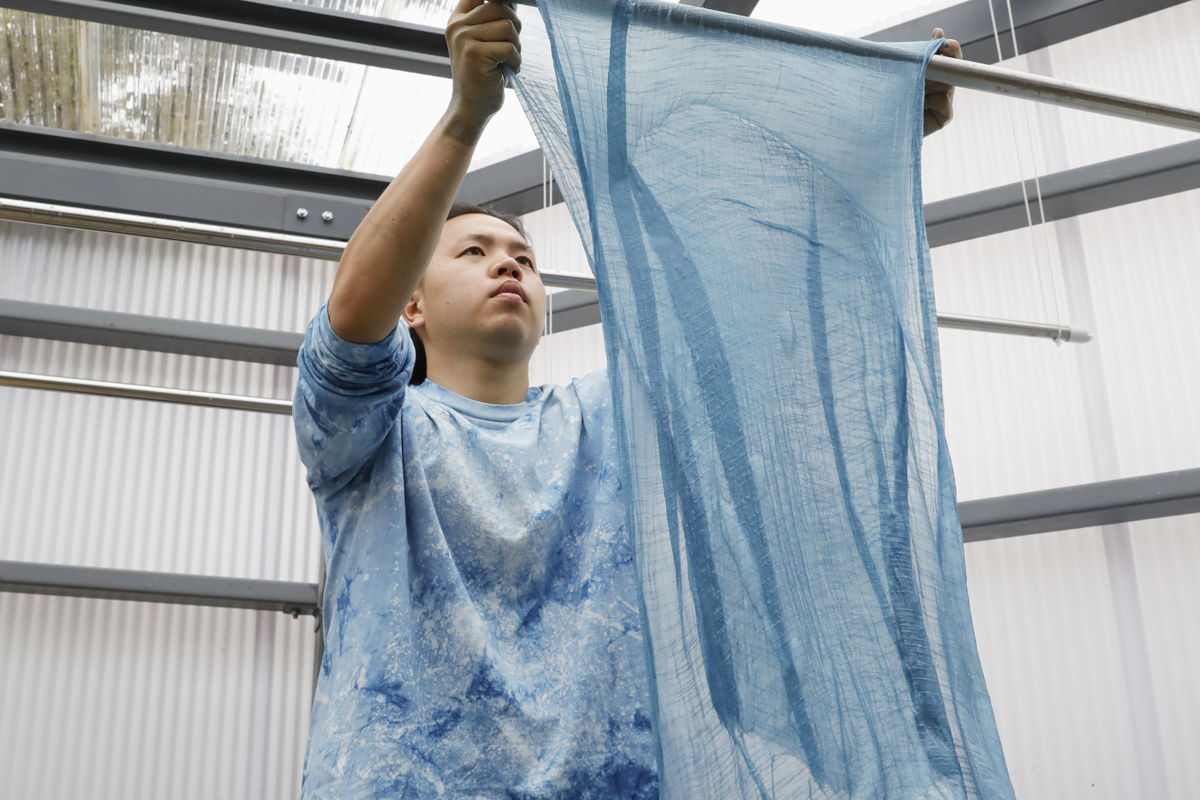
Japanese Indigo dyeing
Find the Beauty of True Blue through Homegrown Japan Blue
- Not only "dyeing", but also "learning" about the history and efficacy of indigo.
-
In this experience, you will learn about the history of indigo, which has existed for more than 6,500 years, and how it differs from chemical dyes from a craftsperson who is fascinated by indigo and has studied its techniques and history. You can also hear directly from the craftsperson about the role of indigo dyeing and the benefits of wearing indigo, which has high antibacterial properties.


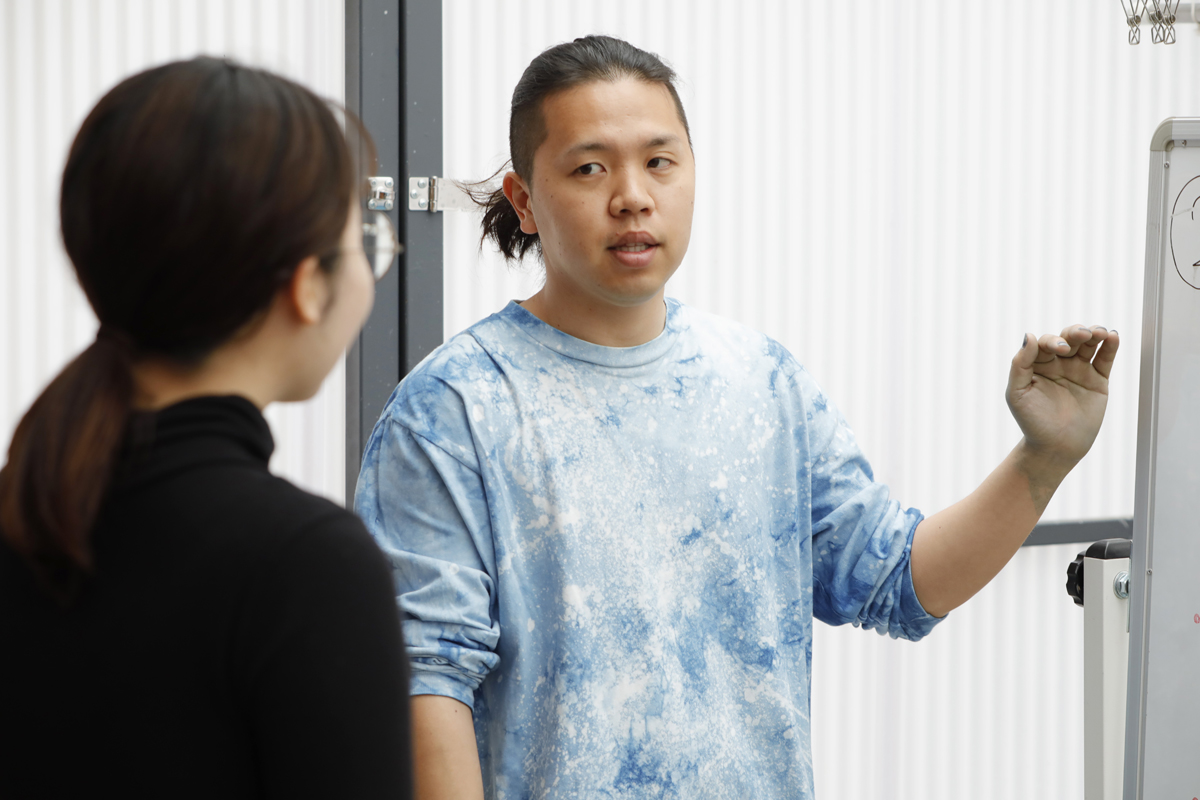
- 'A self-taught indigo dyeing craftsperson who revived Kyo-Ainosome from the Rakugai area (Rakugai is used to refer to the outer fringe area of the center of the capital, Kyoto) which had ceased production in the Taisho era.'
-
Riku Matsuzaki, Aizome (indigo dyeing) craftsperson, has a studio in the Oharano area of Kyoto. He dyes indigo using only Sukumo Ai (Tade-Ai (one kind of Ai) in compost form) and lye from wood ash. In other words, 100% natural indigo dyeing without using any scientific dyes. Matsuzaki’s indigo dyeing has a vivid bluish, yet deep indigo color that instantly catches the eye. The shades can only be produced because he fell in love with indigo and pursued it. His passion for indigo can be felt. Fascinated by indigo dyeing, he had been particular about how to make the dye solution and finally succeeded in cultivating Kyoto indigo, which died out in the Taisho era, through self-taught. The indigo he cultivated is used for his own works and can be used for dyeing in this experience.
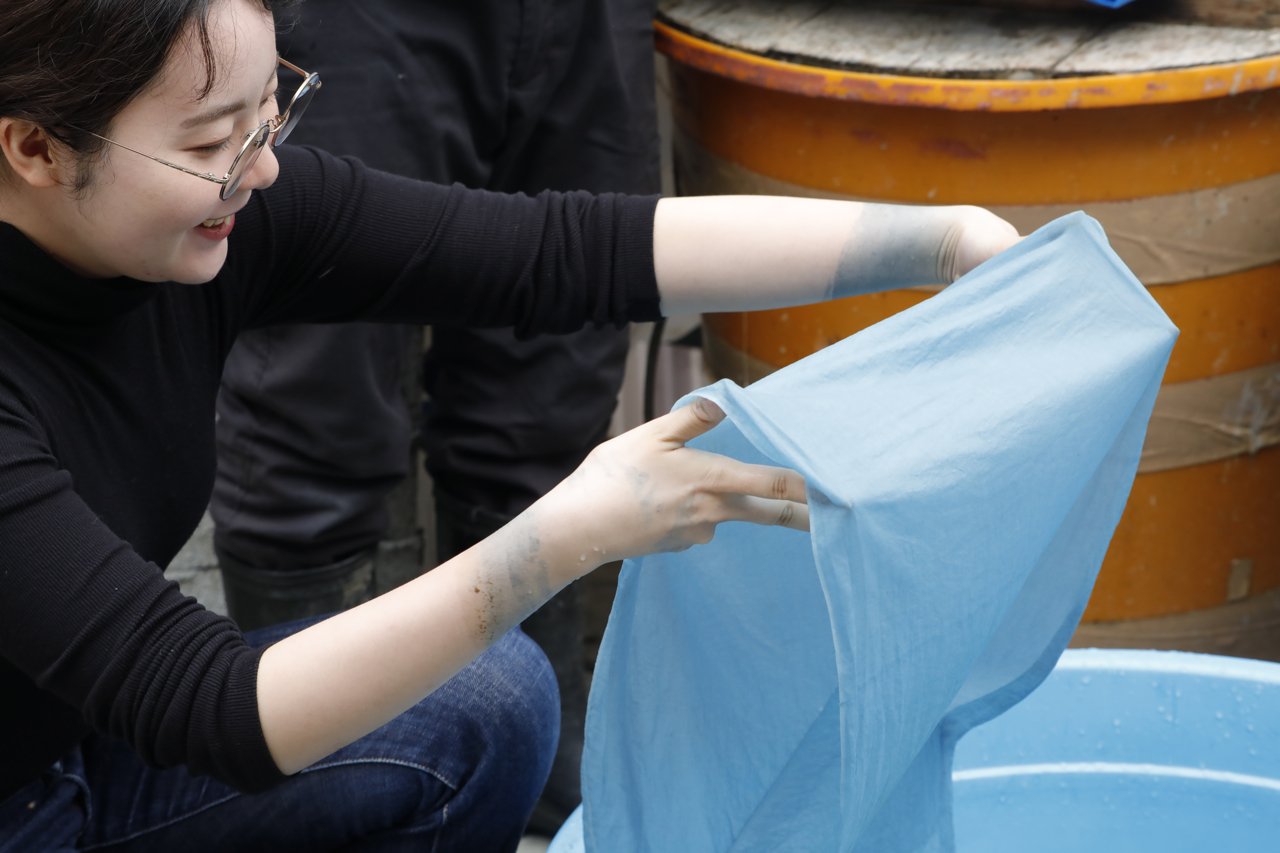
- 'Pursued indigo dyeing'
-
The process of making indigo dye solution is called "Ai-date” Over the long history of indigo dyeing, many methods have emerged. The craftsperson traced back the history of indigo dyeing, tried out the methods of each period, and studied and studied until he was satisfied with the results. He came up with the method of dyeing using only sukumo indigo (Date-Ai in compost form) and lye from wood ash.
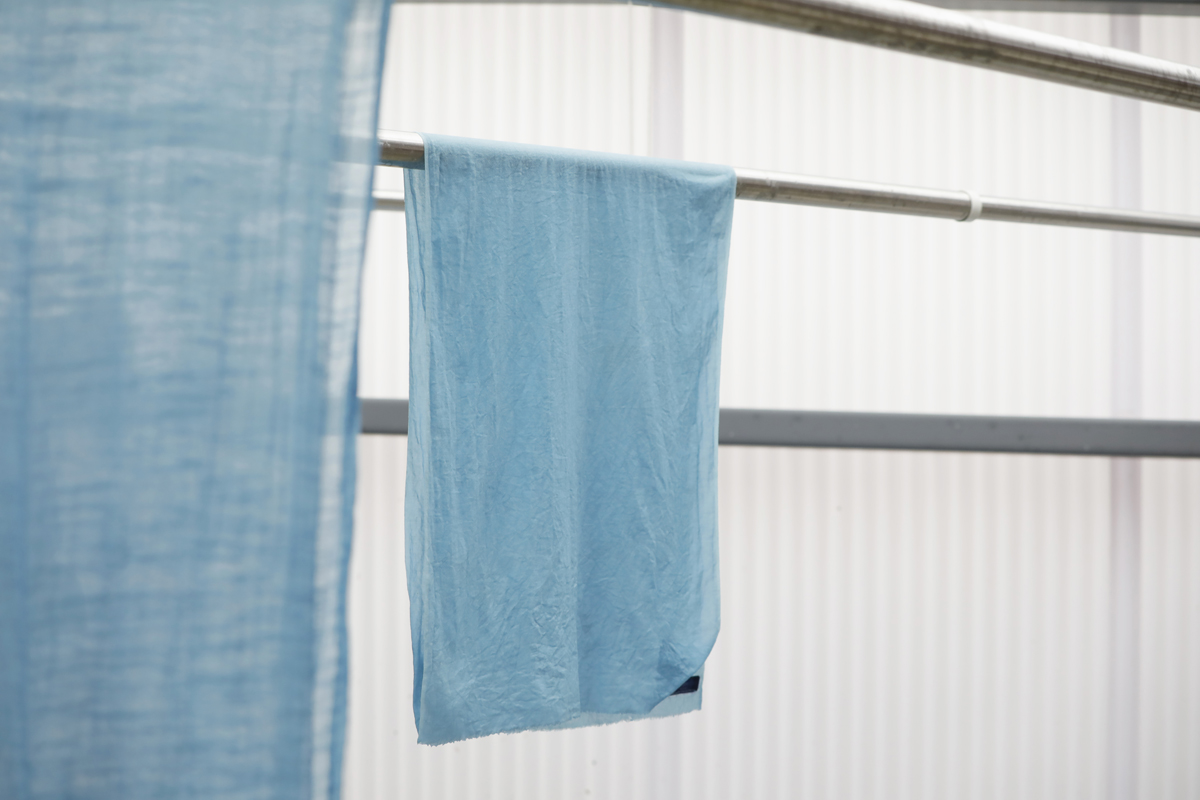
- He says
-
“Japan is the country with the most variety, meaning and names of colors in the world. In Kyoto, the roots of Japanese indigo dyeing, you can learn about the meaning and essence of colors through Kyo-indigo and experience Kyo-indigo dyeing.
In addition, you can dye your own color to create a unique piece of artwork.”
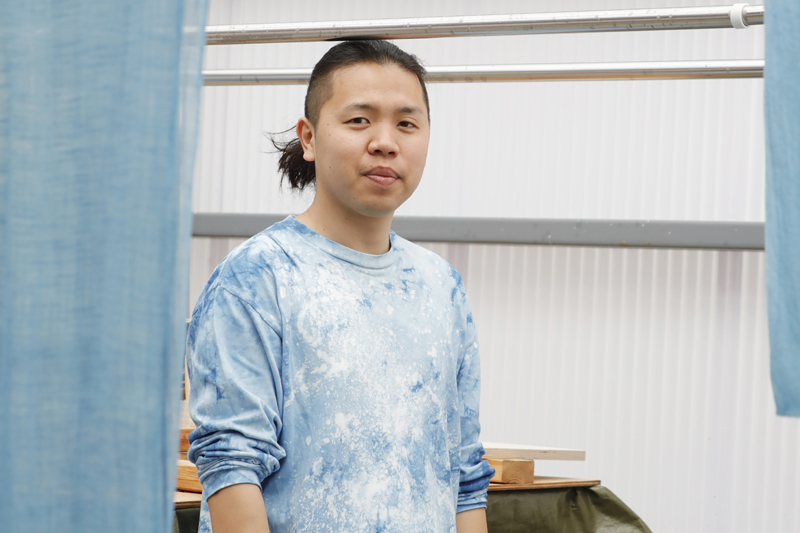
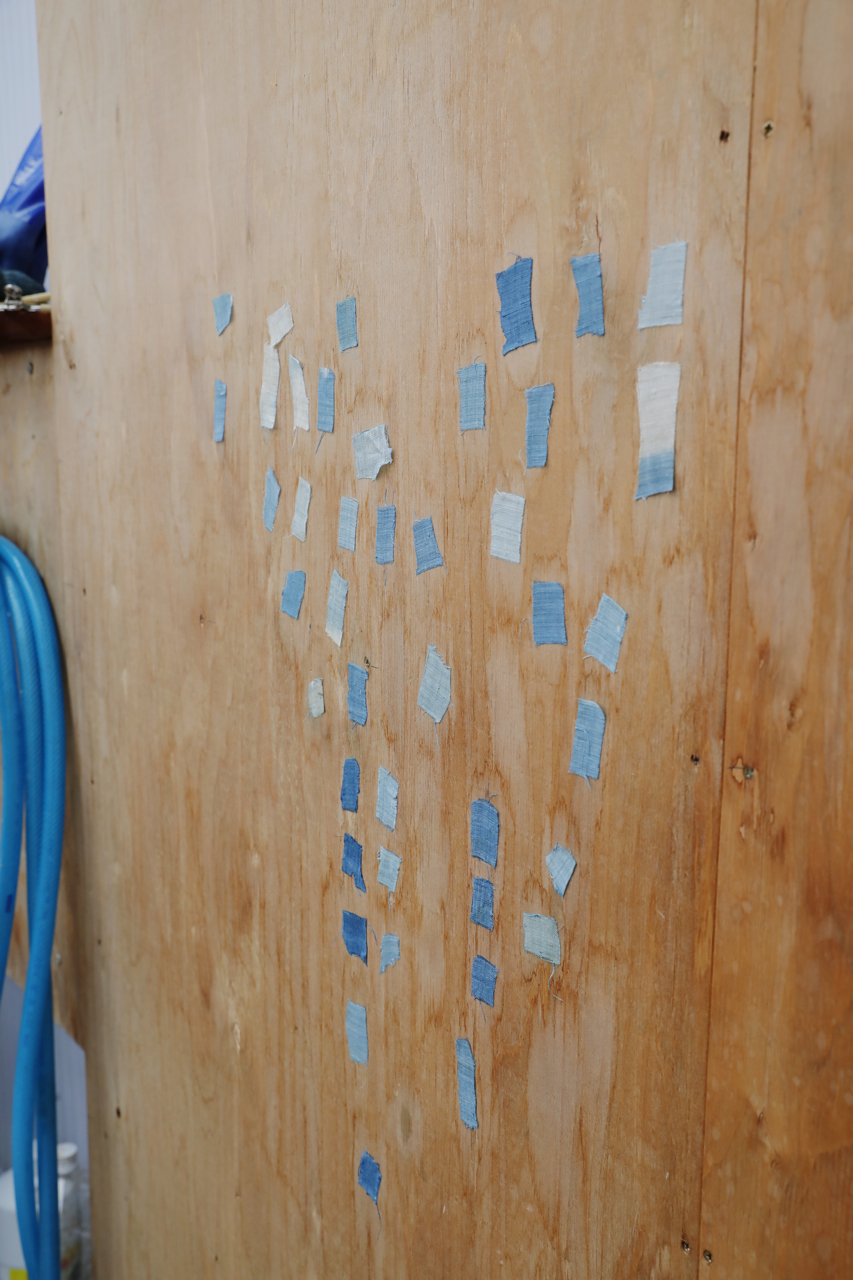
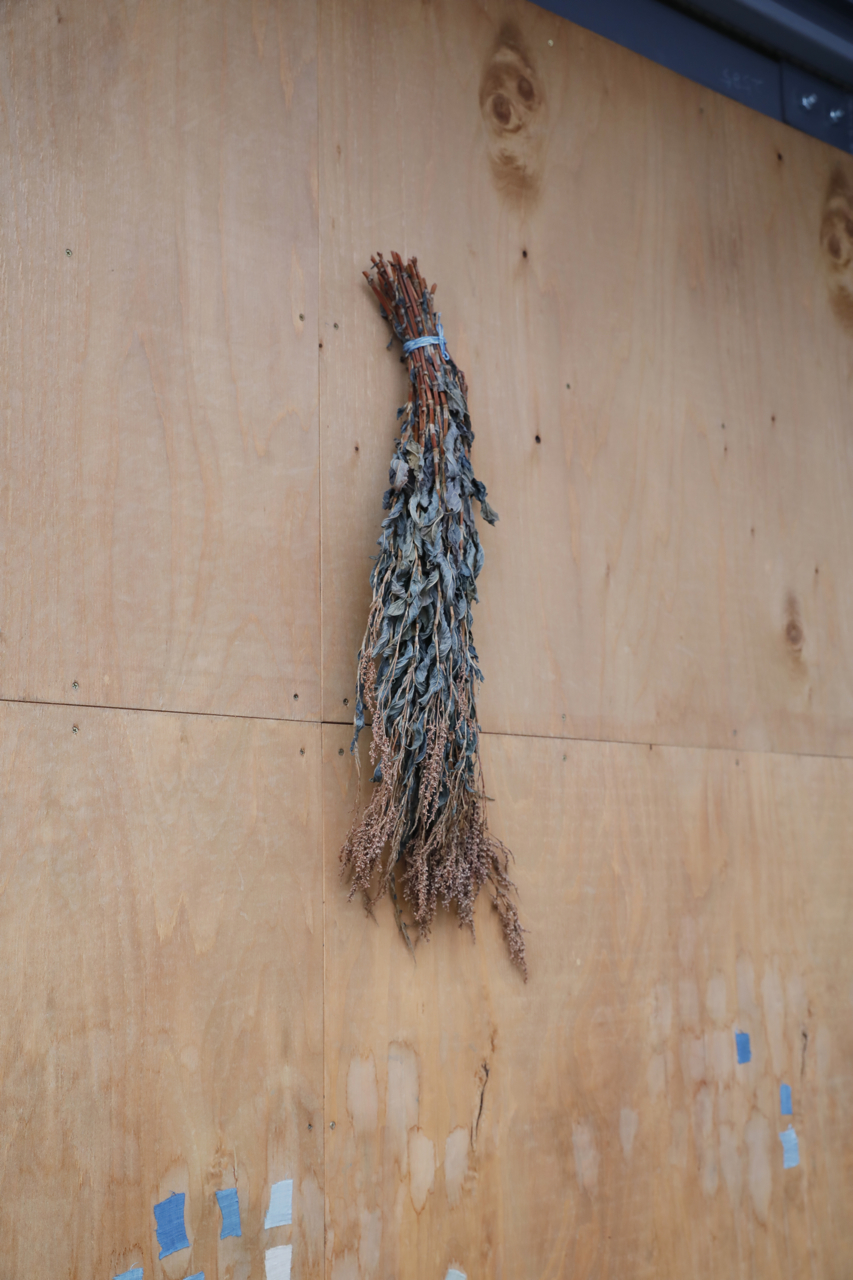
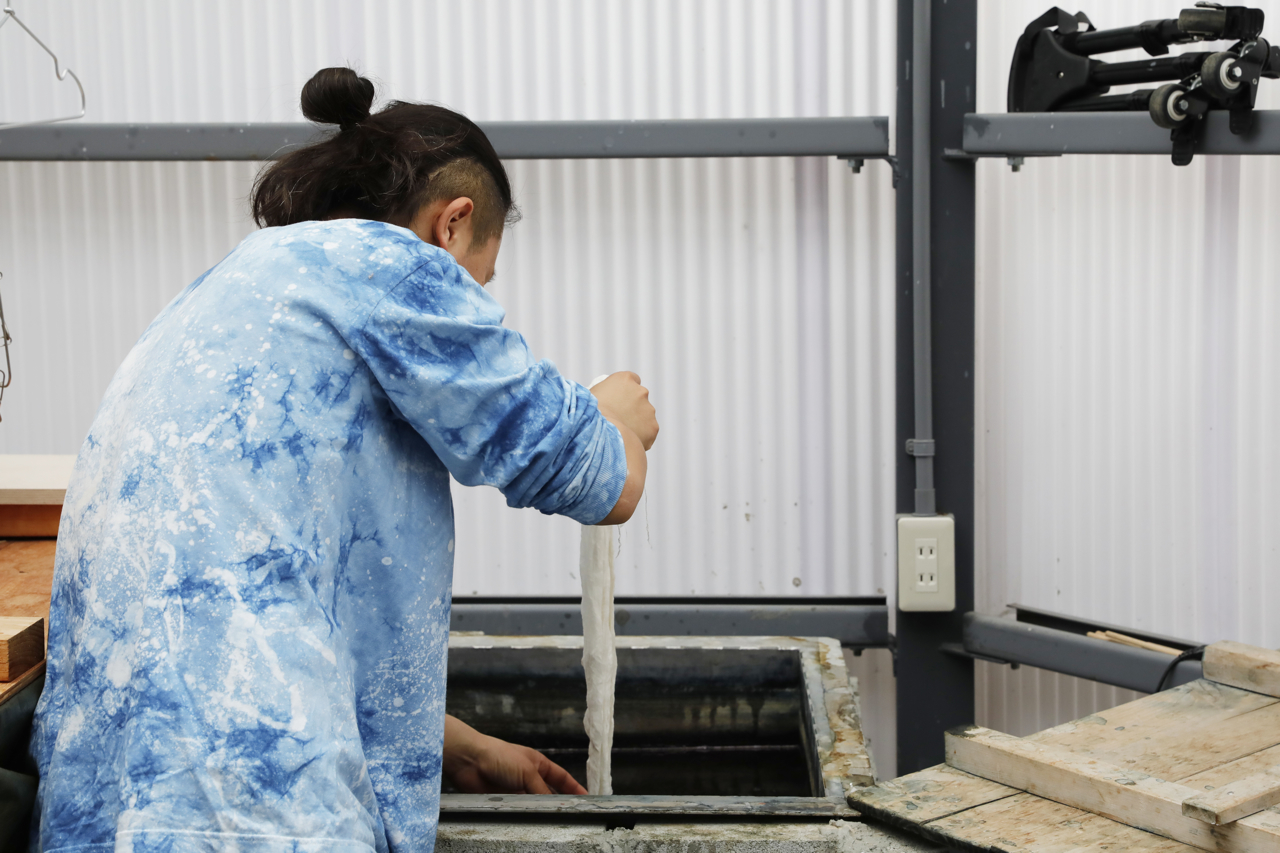
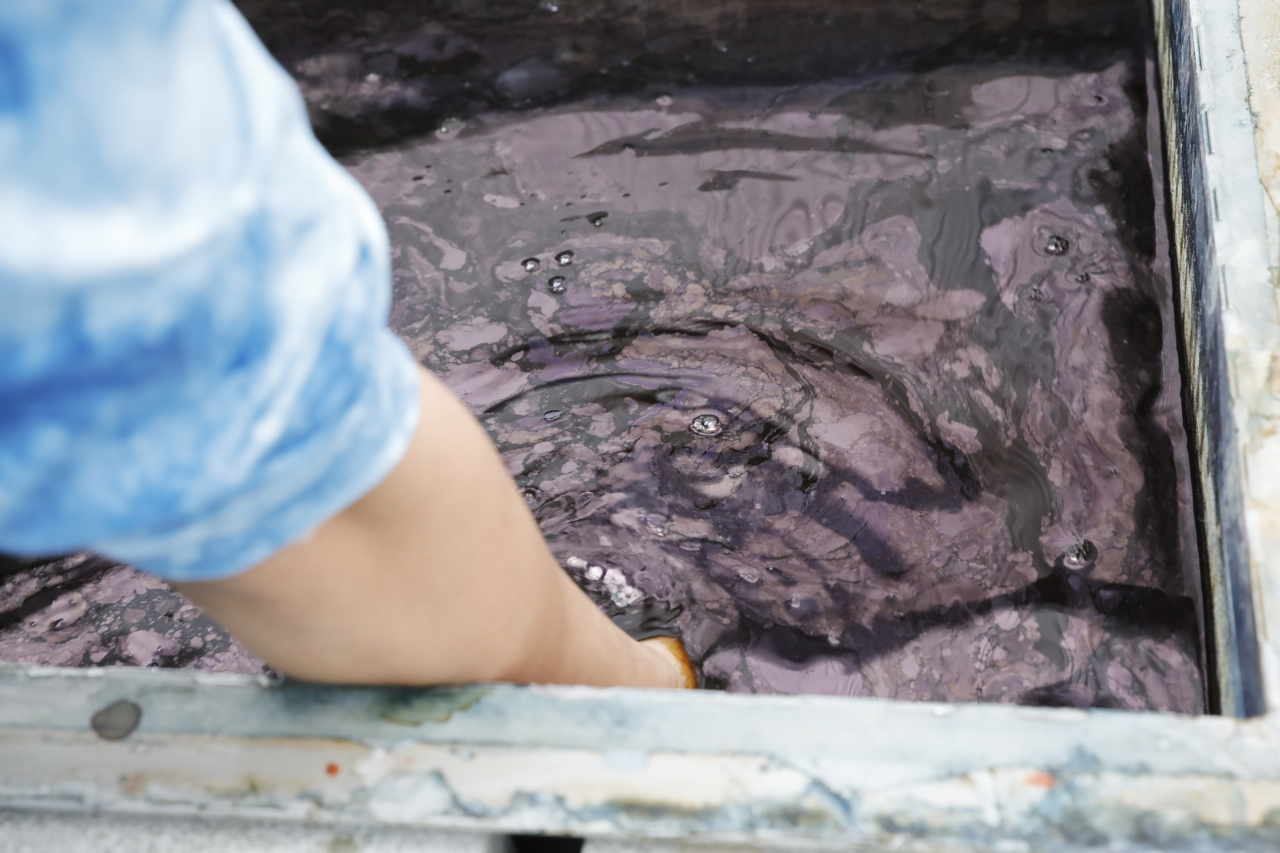
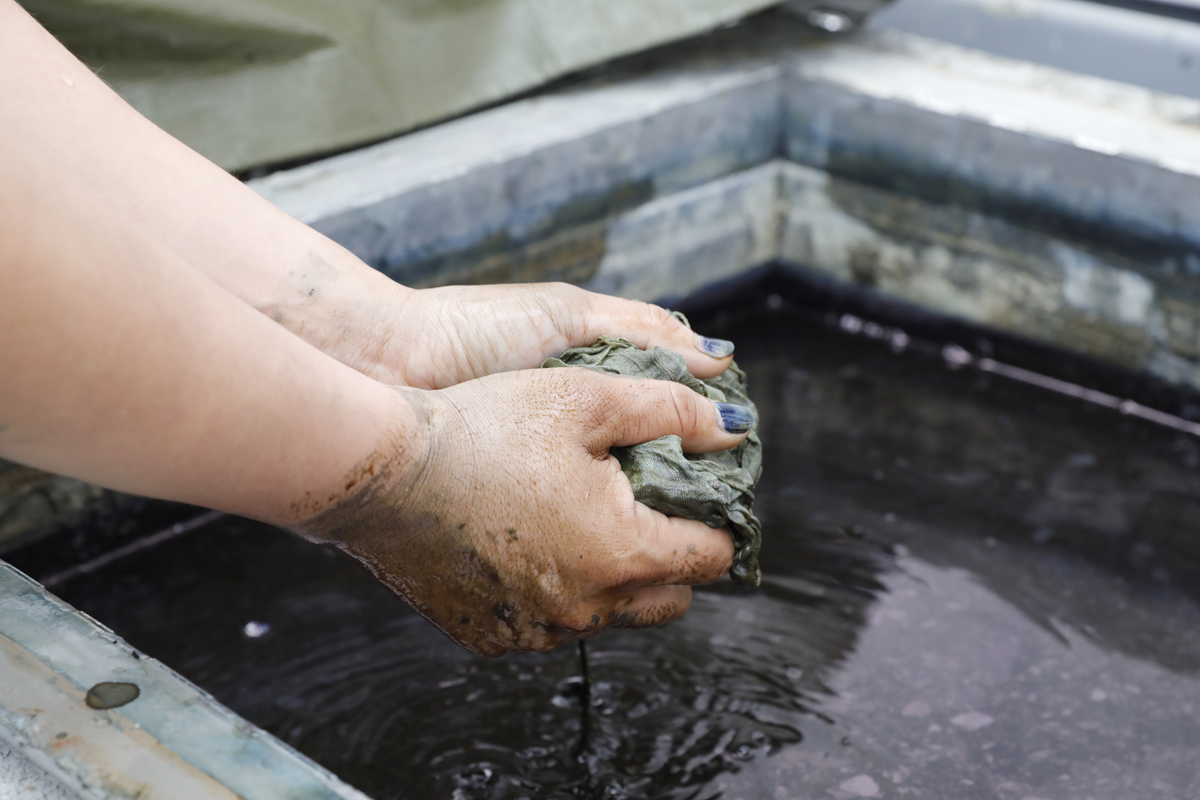
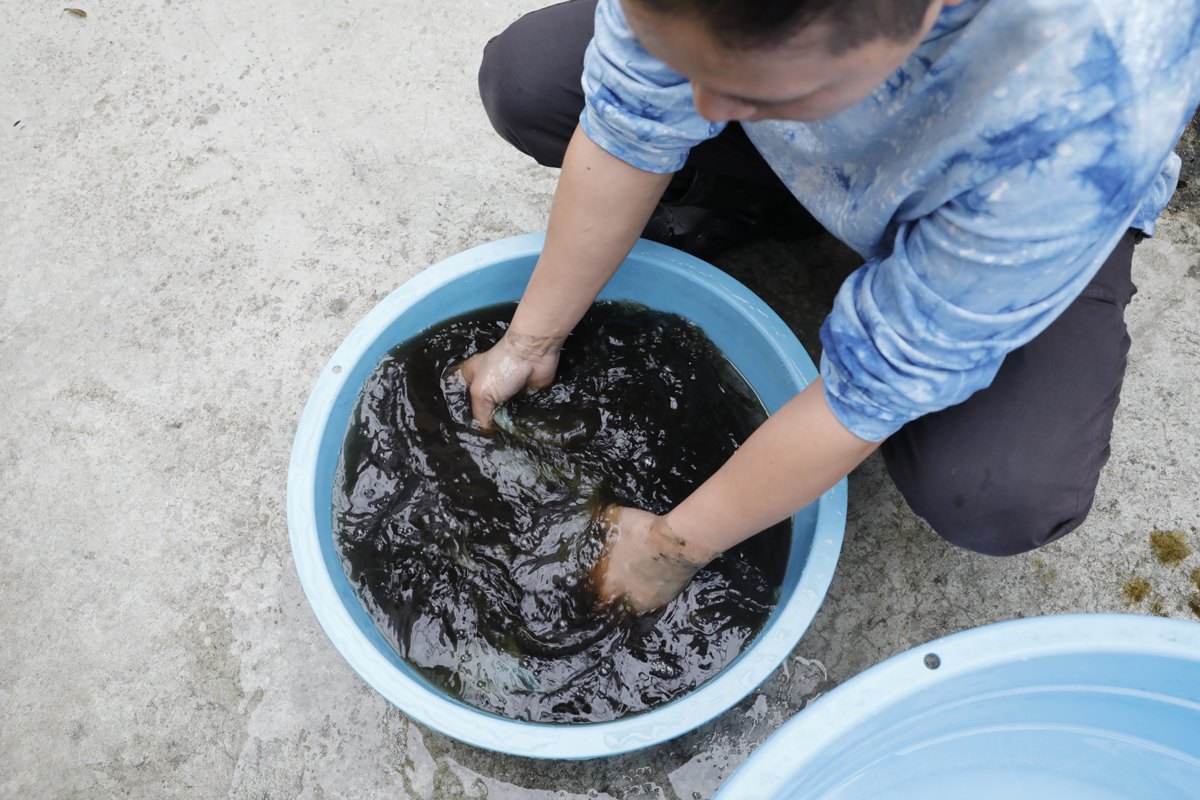

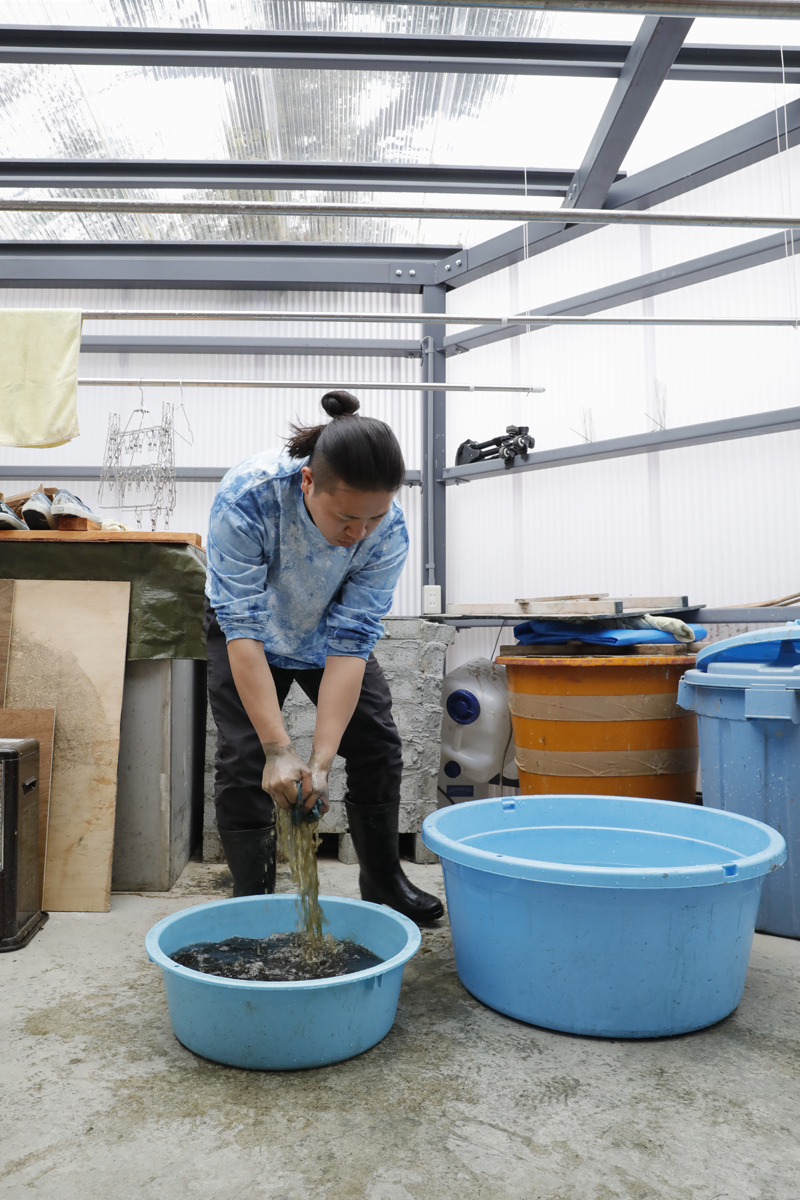
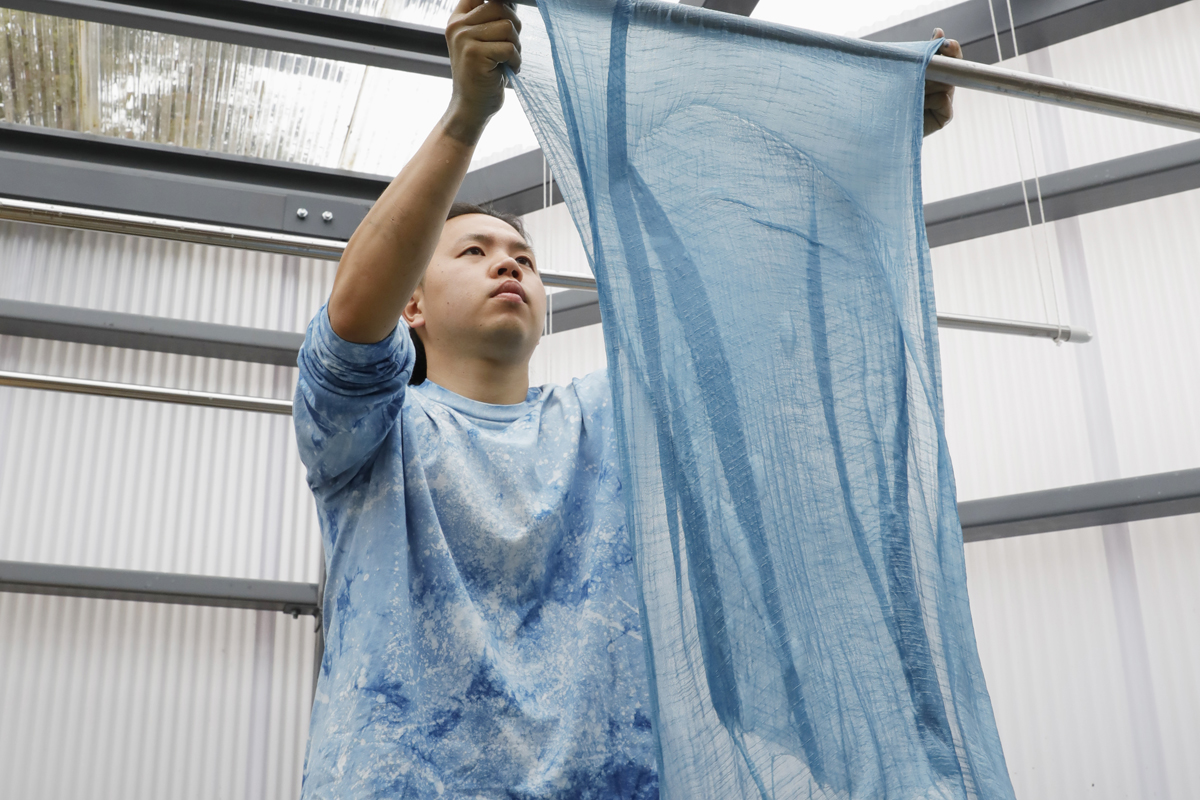
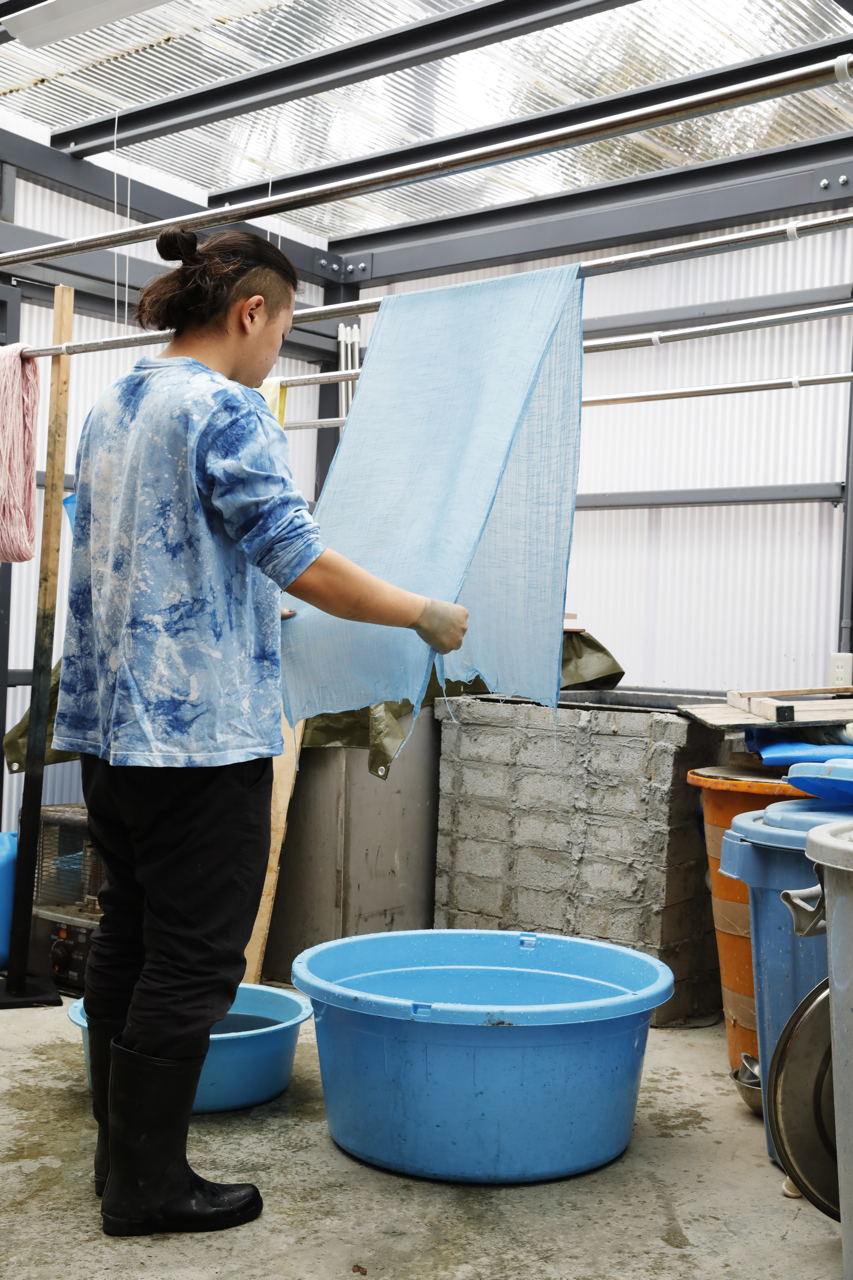
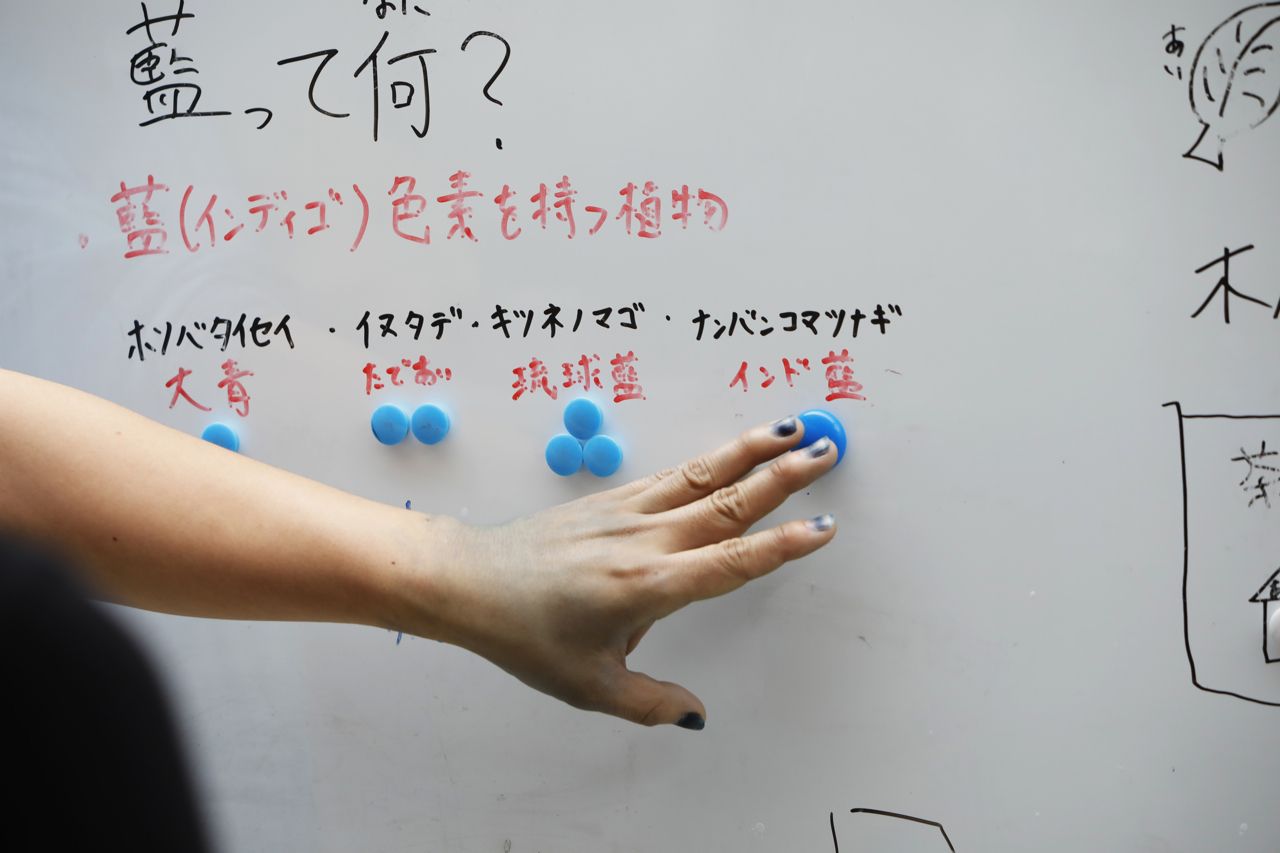
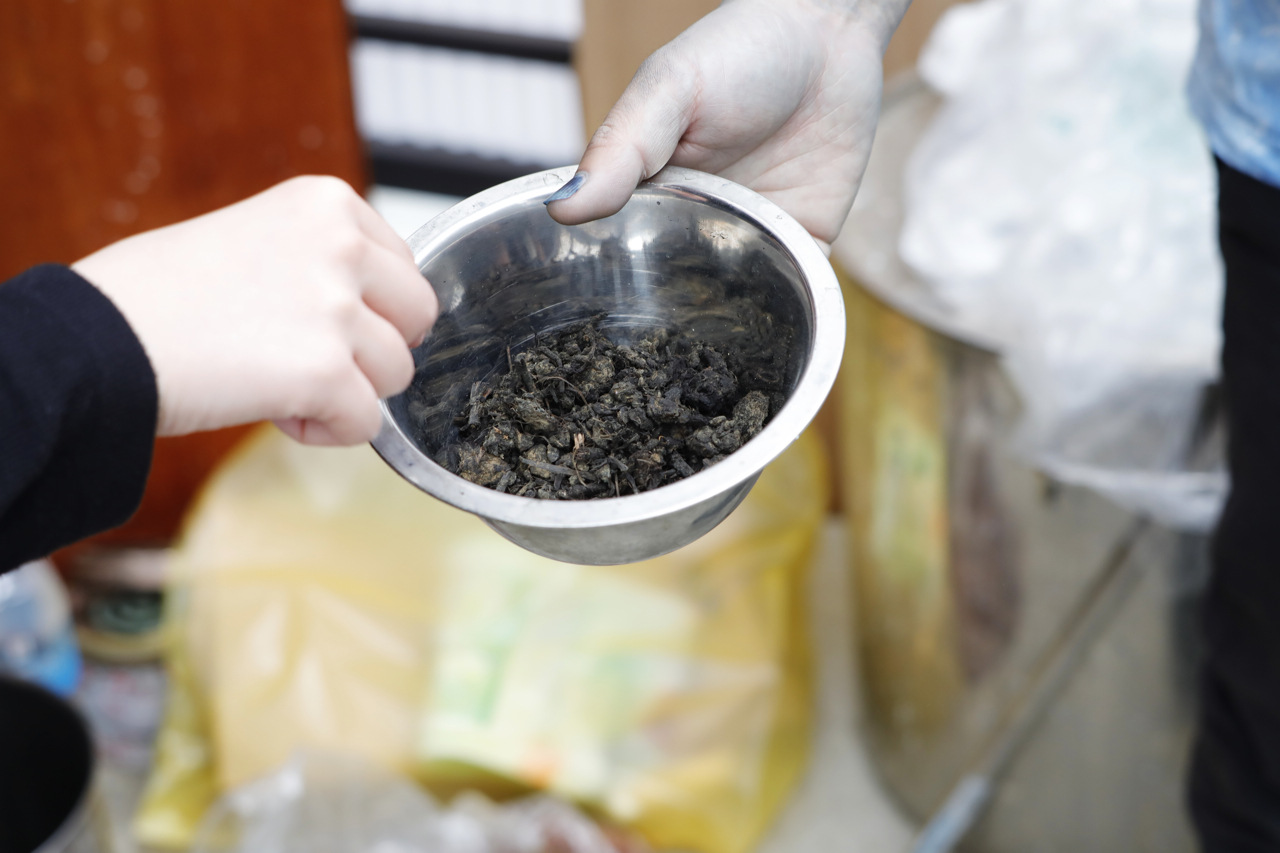

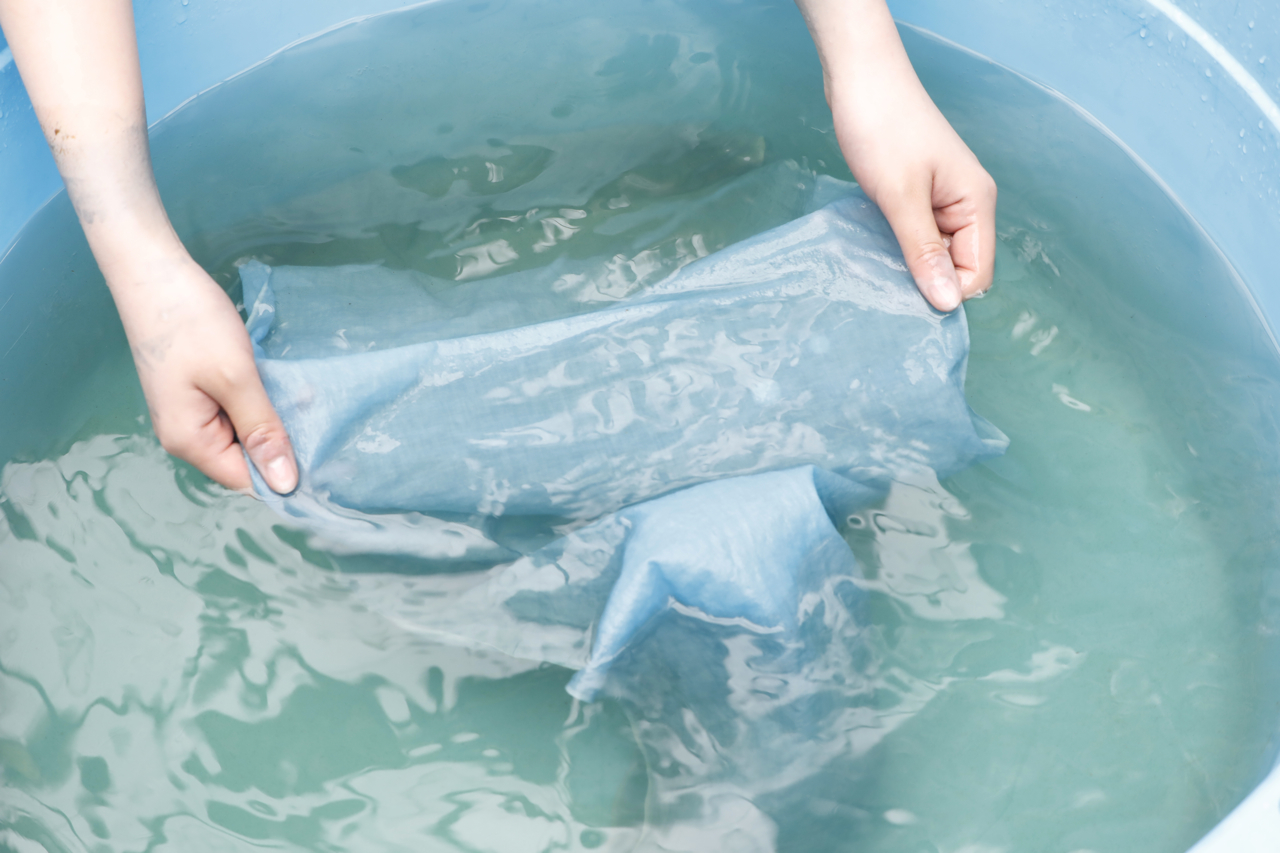



- Aizome
- Riku Matsuzaki
- The roots of "Japanese Indigo" are in Kyoto, where he returns to the basics of fermentation with water, wood ash, and homegrown indigo to create genuine, non-bleeding indigo dye. His studio, revives the lost "Kyoto Indigo" from the Taisho era and incorporates the colors of natural plants that have supported humanity, both in art and daily use.
Access

- Nishiyama (10 mins. train & 15 mins. taxi ride from Kyoto Station)
- 25 mins. /about 2,500 JPY taxi ride from JR Mukomachi Station
- JR Mukomachi Station is accessible from Kyoto Station via 10 mins. / 190 JPY train ride

